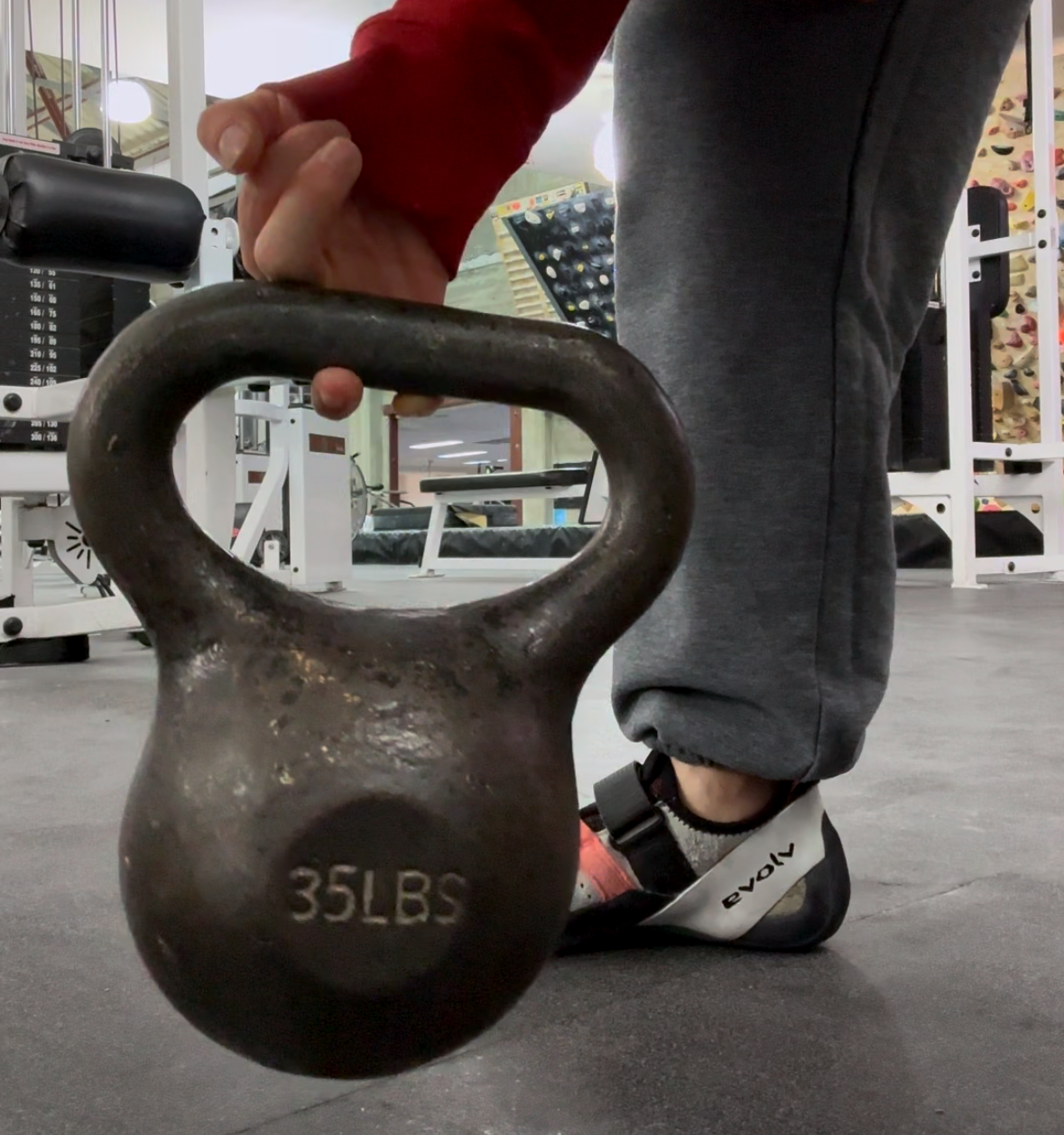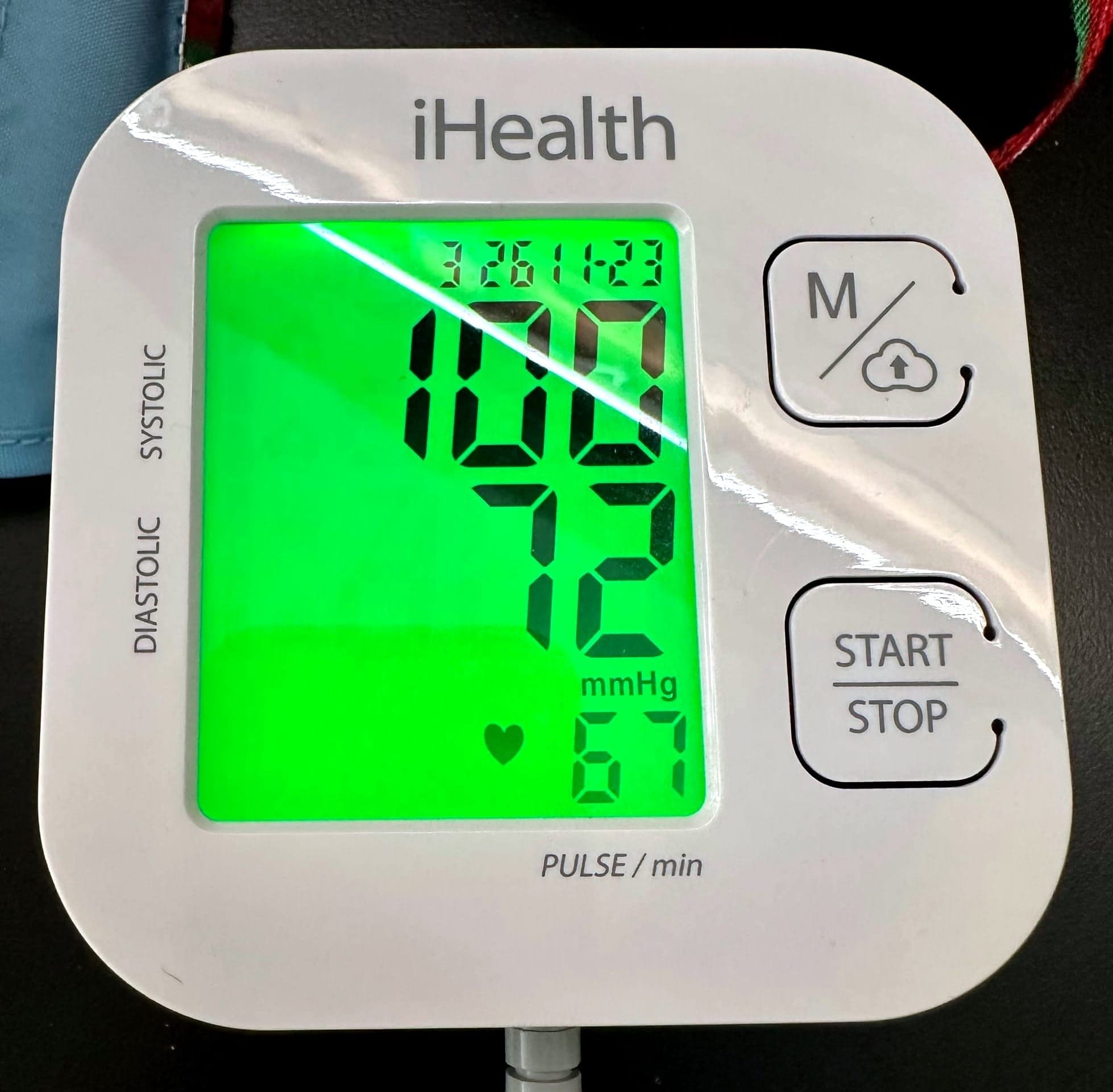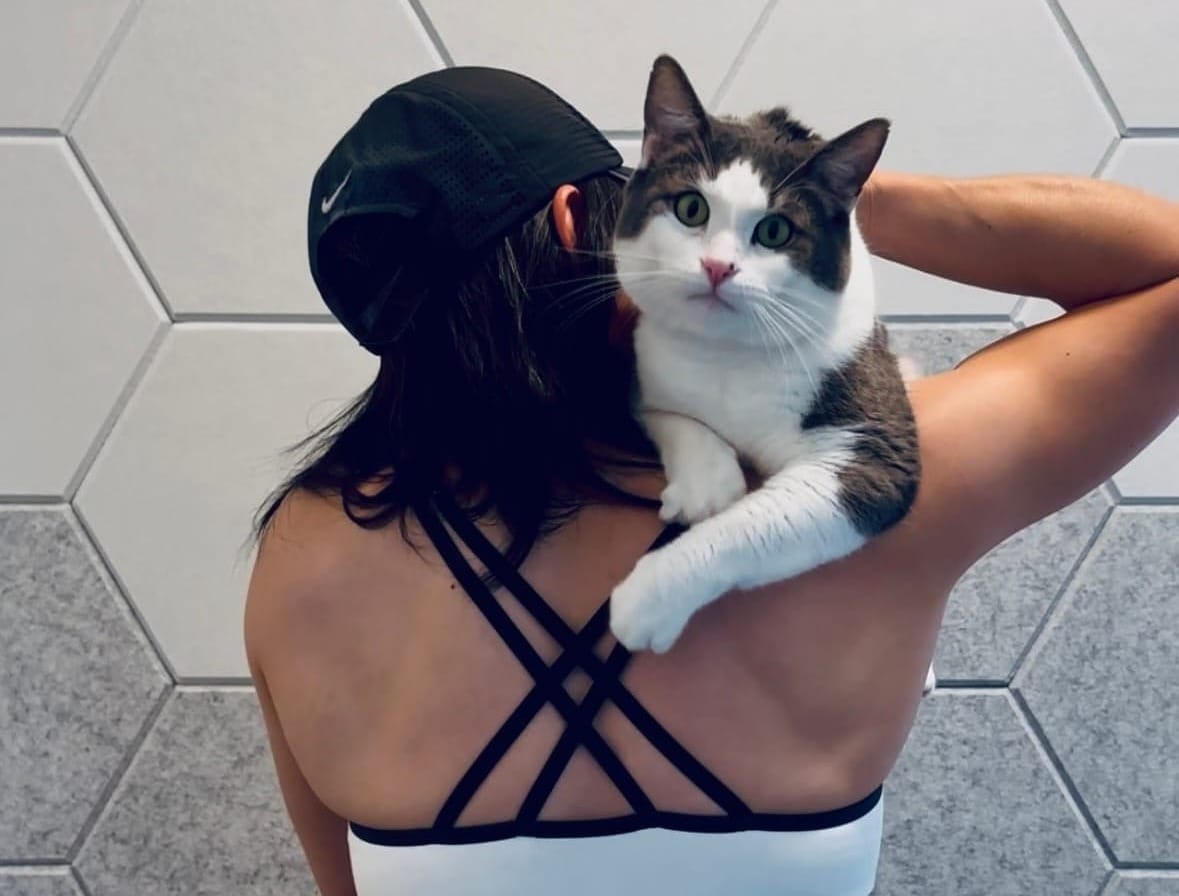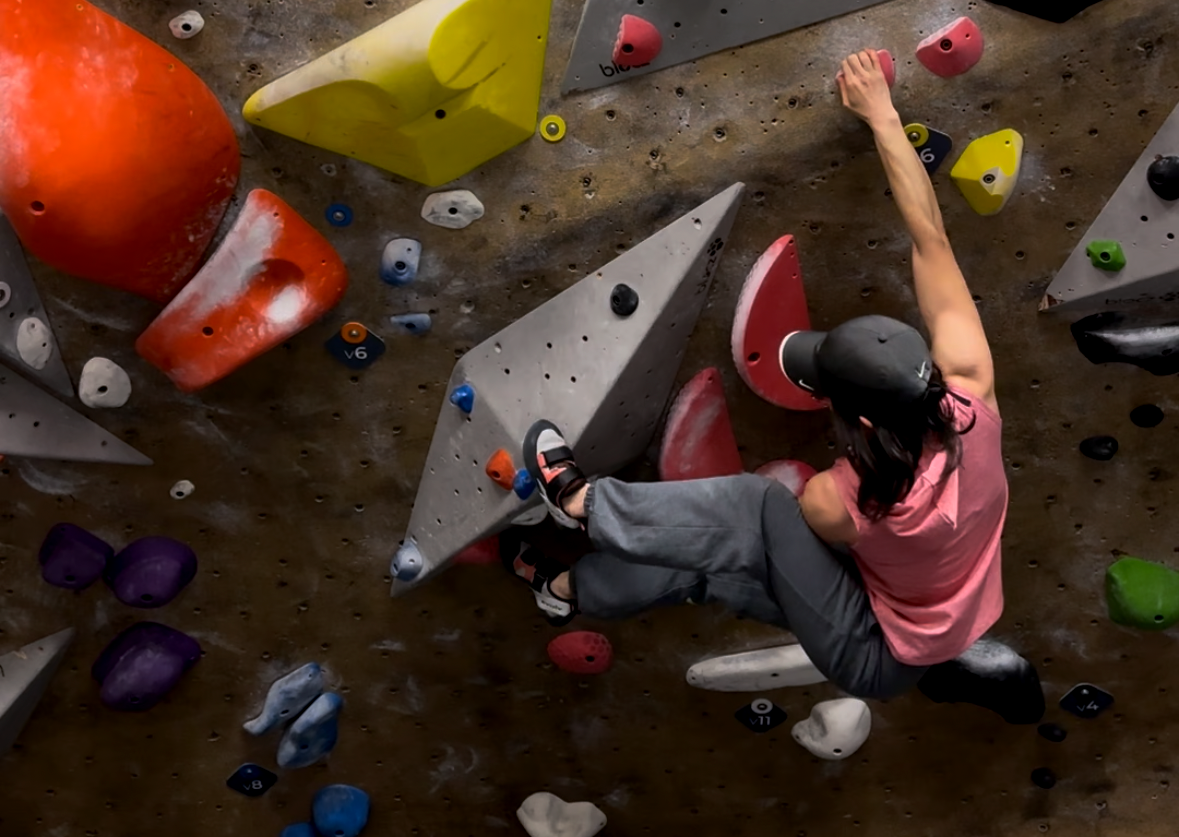Climbing V8s from V6s in 6 months, in my 40's

My strengths got me to where I was. My weaknesses were keeping me there.
I’ve been bouldering for nearly 20 years. I’ve teetered on the V6 grade and always had to pull back due to shoulder or finger injuries. I never seriously pushed harder until this year, when I realized, as a woman in my early 40’s (with menopause looming), that I may only have a few years of hard climbing left. I’ve decided to see how hard I can climb while my body allows. Luckily, I have Kaya to help me. [Kaya doesn't pay me, I simply think it’s beneficial and wanted to share what I learned]
Kaya has been invaluable to my ambition. I find the badging system and the social aspects highly motivating. At its core is the ability to seek and log climbs, share beta, and fist-bump other climber’s achievements. In addition, they have a progress tracking system where I can unlock badges upon completing a certain number of climbs of a grade, forcing me to focus on climbs that will allow me to unlock the badges.
When I first started climbing, I always climbed with friends, and over the years as people came and went, I started doing it solo more. Climbing solo has its advantages like I can hammer on a project, but it also leads to a loss of motivation and rapport. Kaya has helped me regain them. I got curious and wanted to learn more and as a result, made significant improvements. The principle I discovered to improve at the advanced level is quite straightforward, and I’m embarrassed that I never came around to this sooner. It is simply to ‘find and fix my weaknesses’.
My strengths got me to where I was. My weaknesses were keeping me there. Ever heard of the Peter principle? It applies here as well. Training only on strengths simply makes the strengths stronger, but not the weaknesses. It's a cycle where I'd prefer to do certain problems over others because I excel at them, neglecting to work on making progress on my weaknesses. I need to park my preferences (and ego) and seek out my weaknesses and directly address them, which might mean sucking for a while. It's uncomfortable but necessary to level up. And it's not just the fingers, it applies to all these areas:
- Strength
- Nutrition
- Rest
- Flexibility
- Mindset
Strength:
[Disclaimer: I'm starting from a place of fairly strong climbing tendons due to being at V5-6 for many years. Tendons take a long time to strengthen. This is why it could take years to move up V grades unless one has naturally strong tendons. Tendon injuries shouldn't be ignored, look at this article from Steven Low.]
I began paying attention to what my weakest body parts were. My ring and pinky fingers were weak relative to my middle and index, and my chest, shoulders, and biceps were weak relative to my forearms and back. So I focused specifically on movements that help strengthen those areas. One way to train is to find a limit climbing move (something I can barely do) and repeat it (carefully!) over several sessions until I can do the movement fluidly. But since I need to rest my fingers between climbing days, and climbing problems are often too random to train consistently on, I found the solution in off-wall resistance training.
I spent an evening with a climbing coach, watched coaching videos on YouTube, and learned how to do floor exercises and rings/TRX to strengthen my chest and shoulders. I find the rings/TRX much more fun than using machines, but I believe machines will work too if you choose right. The key is to find fun resistance activities that build strength in the muscles and tendons used in climbing, like the shoulders, biceps, triceps, lats, abs, fingers, etc. For my fingers, rather than hanging off the fingerboard, I find it more controllable to lift a kettlebell. Later I learned about The Block, which I can hang a kettlebell on.

Some of my strength goals are to do one-arm lock-offs, have my ring and pinky fingers combined lift 60 lbs (my index and middle fingers can easily achieve this), and do a low ring fly in both forward and reverse positions. I think building these strengths will significantly improve my climbing while minimizing injuries.
Nutrition:
I wrote a post about my Huel journey earlier this year. Losing 10 lbs from Huel helped kick-start my progress in climbing. It was around this time that I started flashing V6s and breaching V7s. I also started taking Naked Whey protein powder to make sure I'm having enough protein (more than 80g per day), loads of omega-3 to help thwart inflammations, Vital Proteins collagen, and vitamins from Huel daily greens.
My bump to V8 coincided with my Cochlear Ménière’s flare-up. To manage the flare-up I needed to be on corticosteroids for a few weeks (which eliminated lingering inflammations I had in my body), reduce my sodium intake to under 1500mg per day for the foreseeable future, and cut out caffeine and alcohol. While the recommended daily intake of sodium for adults is 2300mg, it is difficult to hit this number, let alone 1500mg. A typical American consumes 3,500 mg a day. Just to give you an example of how ridiculous it is, a slice of bread could have 200mg of sodium, and a flour tortilla, 400mg.
I relied heavily on Huel, whole foods, and home-cooked meals. I practically stopped eating out and many processed foods (there are low-sodium options for processed foods available, but rarely). A few benefits I've experienced from a low-sodium diet are better sleep, low fluid retention, and healthy blood pressure. Some days my systolic numbers were as low as 95. While I cannot say nutrition alone was enough to make me stronger, I can say that it has been a big factor.

Rest:
My weakness with resting was not resting enough and not sleeping regularly. It takes 48 hours for tissue to recover after a hard session. Previously I climbed whenever I had the time to, which could mean back-to-back days. I didn’t realize how wasteful and harmful it was. Now, I plan my climbing to give at least 2 rest days (because I'm old) between max utilization of any particular muscle group. For example, after a hard climbing day, my next 2 days could be cardio or off-wall training. If I must climb more frequently, I would focus on crimps and lock-offs one day, and open-handed and dynamic stuff another day, but still have 1 full rest day in between.
Whereas I used to climb 2 or more hours per session, I now climb for around 1 hour, but no more than 1.5. The remaining time is stretching and/or conditioning. With my 2-day gaps, I now climb 8-10 times a month. Anything more and I'll likely get injured, which I’ve experienced over the years and which will get worse with age. While I can't fully control when I will get injured, I can listen to my body and stop when things don't feel right.
Beginning this year, I adopted a cat (I wrote a post about it) and they are creatures of habit. My cat’s routine of eating, sleeping, and playing set me on a routine as well. And around August, I started using Finch, which supercharged my daily habits even more. Nowadays I sleep at around the same time. I still need to get better at waking up around the same time though. I'll be trying Rise next.

Flexibility:
Flexibility is a hidden benefit that pops up when we least expect it. It might make all the difference for one move on a send. Case in point, I'm working on a hard V7 right now that requires more waist twisting than I can perform. Though I've already sequenced out all the other moves, this one move limits my ability to send this problem.

I started paying attention to where I was most inflexible. I can bend forward and deep squat very easily, but I can't do anything close to the splits due to tight adductor muscles, nor can I bend backward or sideways much. My shoulders are also very tight, making reaching my back difficult. I started doing daily stretches focused on those areas and increased my flexibility by about 5-10% since July. I never thought I could improve because I tried stretching these areas on and off for many years, but I wasn't stretching regularly.
We depend surprisingly very much on our legs while climbing. Heel hooks, toe hooks, and high steps often require unnatural placement of the feet and twisting of the hips or waist. Having a wide range of lower-body mobility at our disposal also opens up alternative beta options.
[Update Jan 13, 2025: I have completed this hard V7 after stretching and strengthening my legs. Unfortunately, I've developed overuse injuries so will be taking it easy for a month.]
Mindset:
Perhaps my biggest weakness with my mindset was impatience. During a session, I tended to hop back on a problem right after I fell off, neglecting to take my time to rest and think. I learned from Adam Ondra on YouTube that we need 3-5 minutes of rest after a hard attempt. This is true with all hard resistance training, we need adequate rest between burns to recharge. The rest time also allows for planning the next attempt to minimize wasted effort.
I also tended to chase the next shiny problem. Rather than focusing on one problem and working it through, I was jumping on the latest sets across different gyms (Movement has 4 gyms in the Bay Area and there are also several Touchstone gyms). I was addicted to the thrill of new sets and letting it drive my climbing activities. Improvement requires sticking to a limit problem until completion, even if it means doing it for a month and missing out on new climbs. But I swear the thrill of finally getting a limit problem after a month of pounding plastic is sooo worth it.
Once I started focusing on one or two serious projects and giving myself time to work on them, I began noticing "movements". I'm now more interested in how a problem is structured, how many moves there are, what kinds of holds there are, how many techniques are needed, etc. A problem with a lower grade with challenging movements is worth working on than a problem with a higher grade with uninspiring movements. This shift in mindset has allowed me to get better at movements in general, and appreciate the beauty of a good set.
A recap
The secret to climbing harder is to find and fix weaknesses in all areas of the body and mind. While addressing some of my weaknesses propelled me up a few V grades, it’s still a work in progress as I’m never done. Once I've addressed these weaknesses, there will be new weaknesses that I'll need to contend with. I hope this inspires you to find your weaknesses to climb harder too. Hit me up on Kaya or Instagram if you want some specific training tips. Happy climbing!